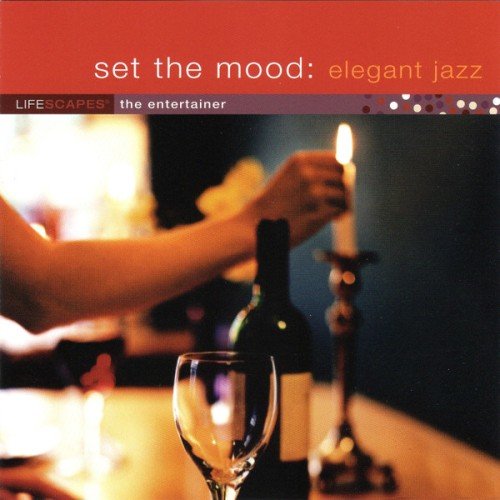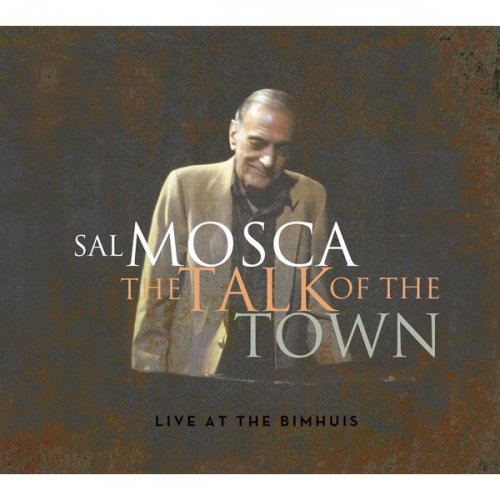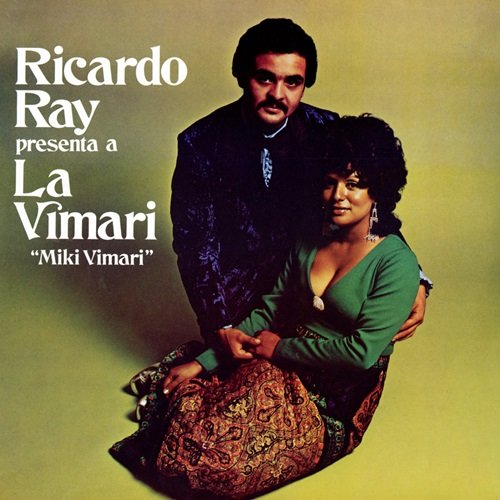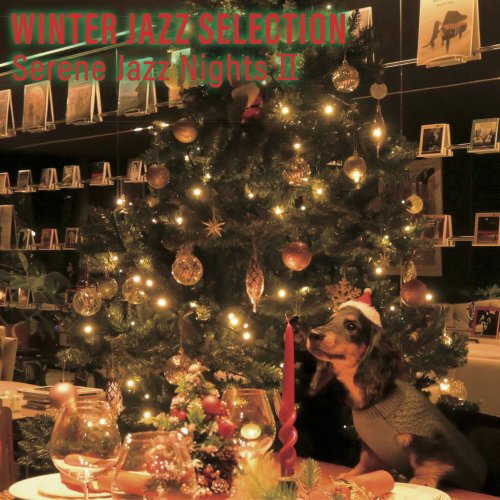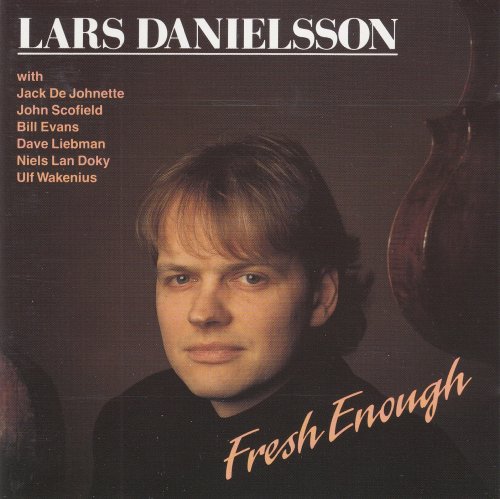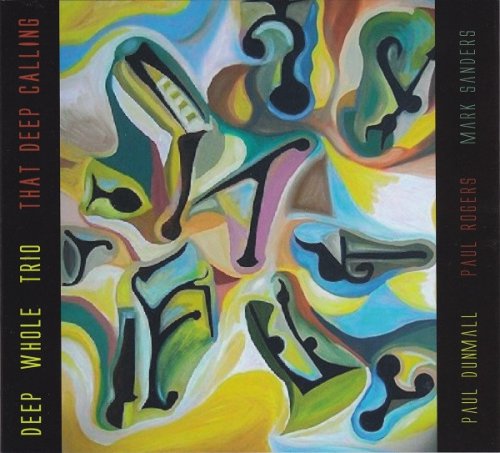Bobby Jaspar - Bobby Jaspar Early Years: From Be-Bop to Cool - 1947-1951 (2019)
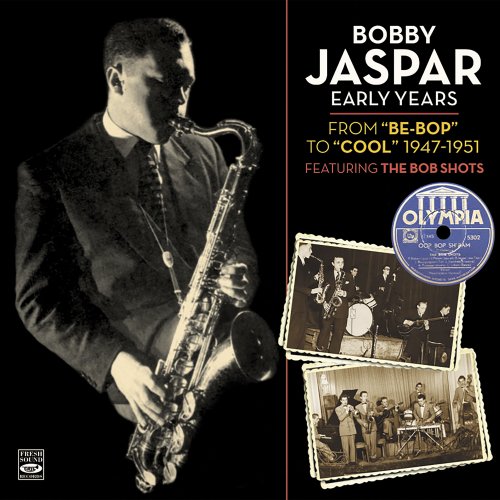
Artist: Bobby Jaspar
Title: Bobby Jaspar Early Years: From Be-Bop to Cool - 1947-1951
Year Of Release: 2019
Label: Fresh Sound Records
Genre: Jazz
Quality: FLAC (tracks)
Total Time: 1:08:58
Total Size: 262 MB
WebSite: Album Preview
Tracklist:Title: Bobby Jaspar Early Years: From Be-Bop to Cool - 1947-1951
Year Of Release: 2019
Label: Fresh Sound Records
Genre: Jazz
Quality: FLAC (tracks)
Total Time: 1:08:58
Total Size: 262 MB
WebSite: Album Preview
01. Oop Bop Sh' Bam
02. Moonlight in Vermont
03. Anthropology (Live)
04. Thelonious
05. Our Delight
06. Embraceable You
07. Wee-Dot
08. I Can’t Get Started
09. When I Grow Too Old to Dream
10. Relaxin' at Camarillo
11. Jack the Hipster
12. That’s My Desire
13. Boppin' at the Doge
14. Embraceable You (2)
15. Boppin' for Haig
16. Pastel Blue
17. Tenderly
18. If I Had You
19. Bobby’s Beep
20. How About You
21. Don't Be That Way (Live)
22. I’ve Found a New Baby (Live)
23. Ain't Misbehavin'
24. Things Ain’t What They Used to Be
25. Body and Soul
This CD includes the early steps of Bobby Jaspar as a jazz musician, when he started on clarinet and then tenor saxophone, as he formed the young award-winning Belgian band they called “Bob Shots” —the first in Europe to play “be-bop” back in 1947 under the guidance of Jaspar's influence, Don Byas. One year later he met Lucky Thompson onstage in an enriching experience, and he became his new inspiration. These two encounters helped Bobby grow musically in a way that would make him a success everywhere, a blend of styles that was a compromise between the turbulence of Thompson, Lester Young, Eddie 'Lockjaw' Davis, etc., and the rhapsodic style of Byas and Hawkins.
Already as a professional in Paris in 1950, he adopted the new “cool” sound, influenced at the beginning by Warne Marsh and then later by his new aesthetic referent Stan Getz. “A pure sonority, like that of Getz, is preferable to an abortive imitation of the black sound,” Jaspar said. Jazz-Hot’s Lucien Malson said of Jaspar that he was “one of the few tenors in Europe who could compare to any of the white American tenor saxophonists and come out on top.”
Although the sound quality of these recordings is generally acceptable, it has issues at times and we haven’t been able to clean the original source as well as we would have liked. That said, they are still an exceptional document that not only puts in value the unforgettable Bobby Jaspar, but also reminds us of the origins of the best jazz generation to emerge from Belgium.
Already as a professional in Paris in 1950, he adopted the new “cool” sound, influenced at the beginning by Warne Marsh and then later by his new aesthetic referent Stan Getz. “A pure sonority, like that of Getz, is preferable to an abortive imitation of the black sound,” Jaspar said. Jazz-Hot’s Lucien Malson said of Jaspar that he was “one of the few tenors in Europe who could compare to any of the white American tenor saxophonists and come out on top.”
Although the sound quality of these recordings is generally acceptable, it has issues at times and we haven’t been able to clean the original source as well as we would have liked. That said, they are still an exceptional document that not only puts in value the unforgettable Bobby Jaspar, but also reminds us of the origins of the best jazz generation to emerge from Belgium.
![Tomasz Stanko - Unit (Polish Radio Sessions vol. 2/6) (2025) [Hi-Res] Tomasz Stanko - Unit (Polish Radio Sessions vol. 2/6) (2025) [Hi-Res]](https://www.dibpic.com/uploads/posts/2025-12/1765796826_cover.jpg)
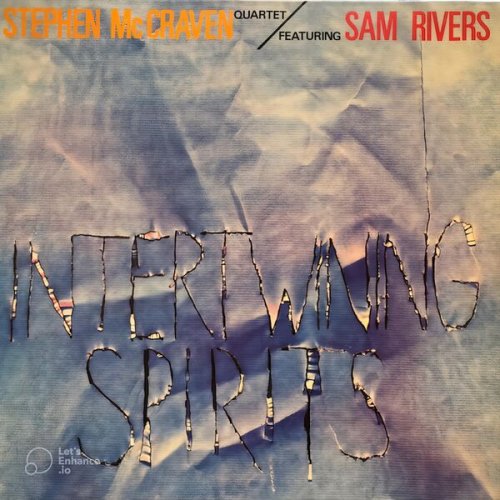
![Stephen McCraven - Wooley the Newt (2025) [Hi-Res] Stephen McCraven - Wooley the Newt (2025) [Hi-Res]](https://www.dibpic.com/uploads/posts/2025-12/1765906334_cover.jpg)
